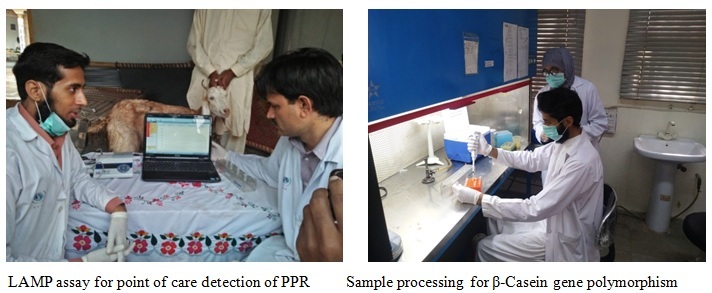amoxicillin uk
buy amoxicillin
citalopram alcohol reddit
citalopram and alcohol
memory loss
mixing ibuprofen and weed
mixing adderall
and weed
tadalafil generico in farmacia
cialis generico
2017
Contact: Dr. Samina Iqbal, DCS
Email;siqbaleb@gmail.com
Environmental monitoring and testing services (analysis of drinking water, wastewater, soil, sludge and fabric etc.)
Environmental analytical services facilitate public/private organizations to monitor the pollution level and/or quality of their wastewater and water. These analytical services help industries to satisfy their international clients that ultimately improve export and the socioeconomic development of the country. In our laboratory, nearly 7000 tests per year are being performed for the analysis of drinking water, wastewater, soil, sludge and fabric samples for different pollution parameters e.g. COD, BOD, TOC, TSS, TDS, TS, heavy metals, formaldehyde, total coliforms, E. coli, fecal coliforms etc.
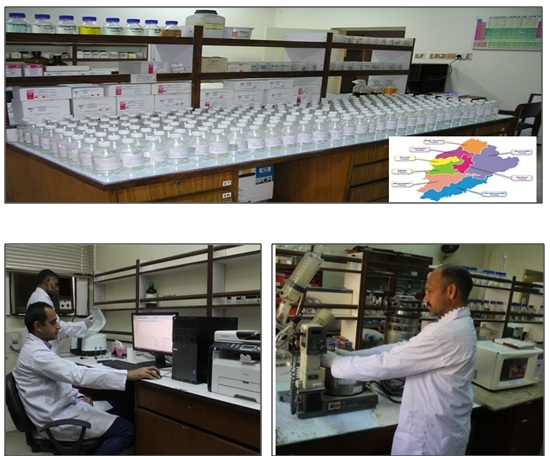
Floating treatment wetlands
Floating treatments wetlands (FTWs) is an innovative approach for the remediation of domestic and industrial wastewater. Specific indigenous plants were used to develop the FTWs and these were inoculated with specific pollutants-degrading and plant growth-promoting bacteria for the maximum remediation of wastewater.Lab and pilot scale studies showed that the combined use of plants and bacteria to develop FTWs and CWs is a promising approach for the remediation of water contaminated with organic pollutants, heavy metals and nutrients.NIBGE has developed FTWs as an innovative wastewater treatment technology for the very first time in Pakistan. It has been successfully applied:
- In wastewater stabilization pits of Oil and Gas Development Company Limited (OGDCL) at Rajian Oil Field Chakwal, and Dakhni Gas Plant, Attock (20,000 sq ft).
- In the wastewater stabilization ponds of WASA, Faisalabad city (20,000 sq ft)
- Textile industry, Interloop Limited Khurrianwala, Faisalabad (500 sq ft).
- Crystalline Chemical Industries (CCI) Limited Sargodha (500 sq ft)
- Toyota Lyallpur Motors, Faisalabad (125 sq ft).
It has reduced pollution level up to 90% and treated wastewater met the national wastewater discharge standards of Pakistanand it is about 80% less expensive than conventional wastewater treatment technologies and has saved the use of expensive chemicals and electrical energy up to 90%.
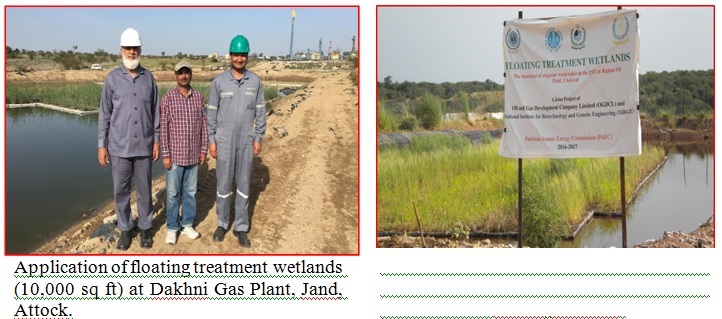
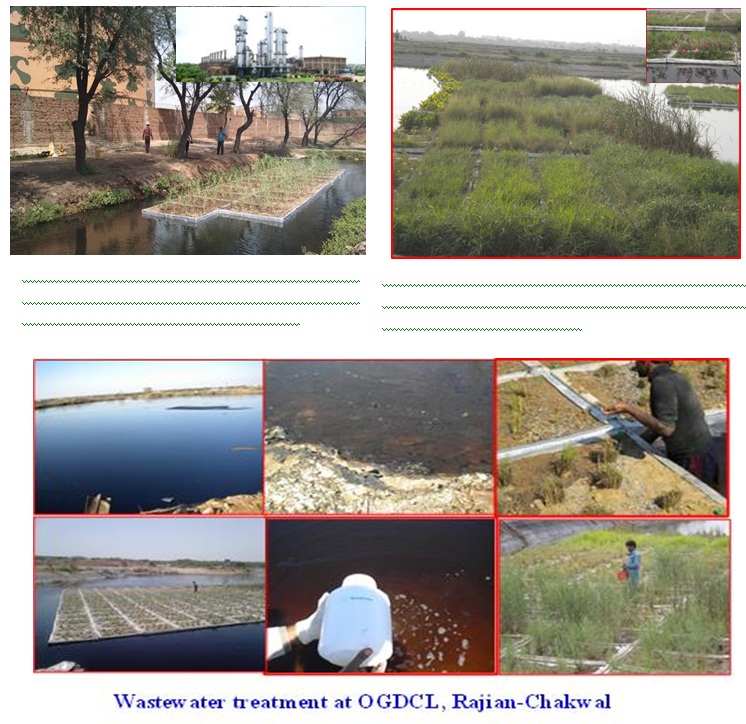
Constructed wetlands
Constructed wetland (CW), a designed wetland, appears to be highly promising for the treatment of industrial effluent. Moreover, this technology is cheaper and environmentally friendly and more feasible to treat domestic and industrial effluent in the developing countries, like Pakistan. Indigenous plants were used to develop construed wetlands and inoculated with the bacteria. It has been applied:
1) Interloop Limited Khurrianwala, Faisalabad for the treatment of 50000 liters wastewater.
2) Dakhni Gas Plant, OGDCL, Jand, Attock.
3) Toyota Lyallpur Motors, Faisalabad
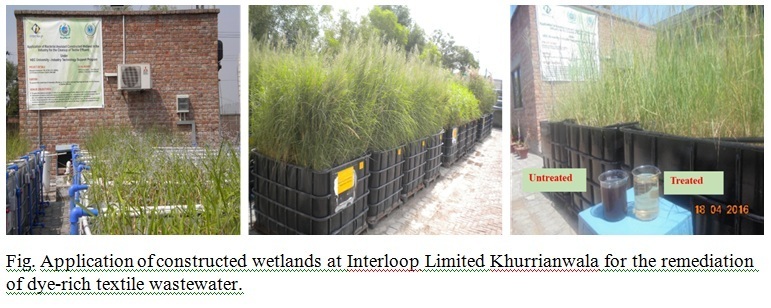
Toxicity testing (Toxicological profiling of industrial chemicals and formulation e.g. Pesticides and transgenic crops):
A battery of in vivo and in vitro toxicity tests has been established and toxicity testing is carried out as per internationally recommended protocols for differentsamples/agents i.e., environmental pollutants, pesticides, toxins, dyes, radiation, heavy metals and other industrial chemical & products. The tests include
In vivo toxicity assays (OECD guidelines in BALB/c mice, wister rats, albino rabbits, fish)
- Acute Oral toxicity (LD50)
- Acute Dermal toxicity (LD50)
- Acute Dermal irritation (MMTS)
- Acute Ocular irritation (MMTS)
- Necropsy/Gross pathology
In vitro assays
- Mutagenicity (Ames test) S. typhimurium TA-100 , TA-98
- Cytotoxicity, genotoxicity and mutagenicity
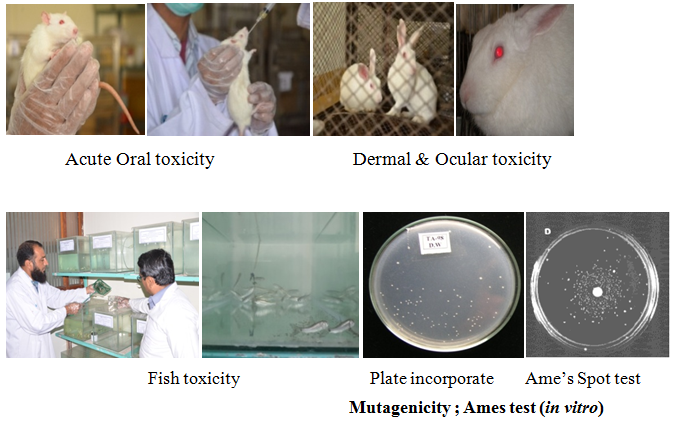
Animal House Facility (In house research facility involving lab animals)
The Animal House Facility,houses albino mice, rats, and rabbitsproviding supportdifferent R&D programs at NIBGE and other organization including;
- Toxicological profiling of pesticides, pharmaceuticals, nanoparticles, neutraceuticals and various processes
- Biosafety studies of Genetically modified crops (carried out routinely for GM crops developed at NIBGE and other public and private sector organizations )
- Research and development on Therapeutics & Vaccines
- Study Human disease model in lab animals
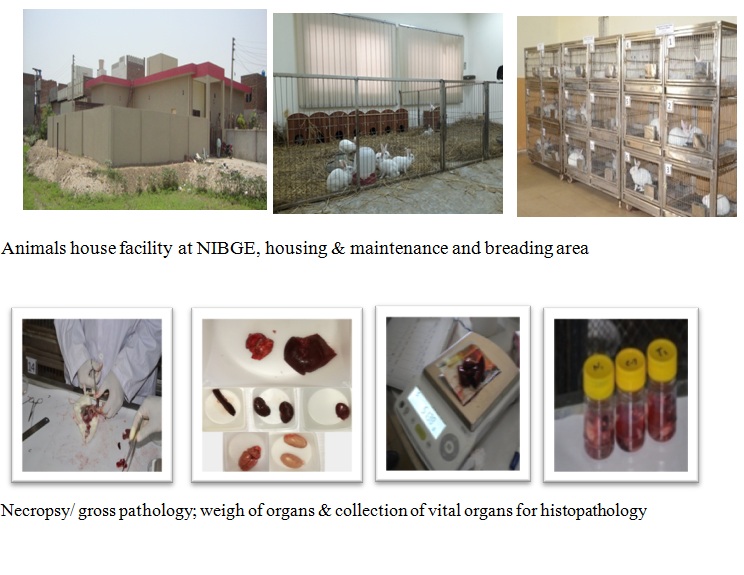
Biofertilizers
Biofertilizers are microbe-based crop supplements which supplement the crop nutrients as well as recondition soil. Crop specific products are available for a range of crops including legumes, sugarcane, cotton, maize, rice and wheat. These are based upon combinations of nitrogen fixing, phosphate solubilizing and plant growth hormone producing bacteria.
Following two products have beenregistered so far and being marketed by NIBGE.
- BioPowerSuper
- Phosphors Pool
Impact of BioPowerSuper and Phosphors Pool applicationinclude:
- Enhanced nutrient availability and uptake
- Reduce chemical fertilizer use up to 20%
- Yield increase
- Less expensive
- Improvement in soil health through biological processes
- Eco friendly as compared to chemical counterparts
- In Pakistan fertilizers have hundred billion rupees business, 10% contribution of biofertilizers can save ˜ 10 billion rupees
- Stack holders of biofertilizers are farmers and agrochemical fertilizers distributors
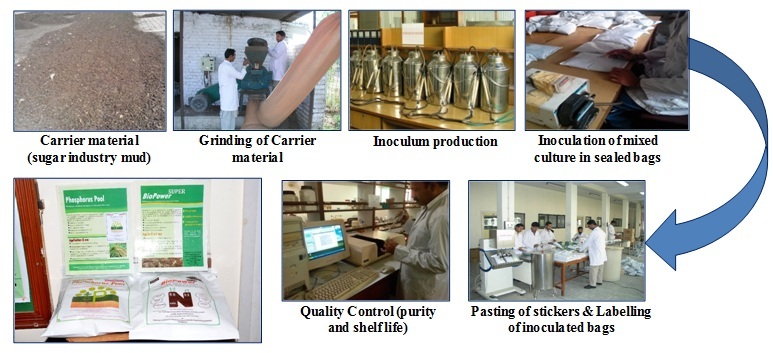
Laser scanning confocal microscope is an invaluable tool for a wide range of investigations in the biological and medical sciences for imaging thin optical sections in living and fixed specimens ranging in thickness up to 100 micrometers. Instrument is equipped with 3-5 laser system controlled by high speed acousto-optic tunable filters (AOTFs), which allow very precise regulation of wavelength and excitation intensity. Coupled with photomultiplier detectors that have high quantum efficiency in the near-ultraviolet, visible and near-infrared spectral regions, the microscope is capable of examining fluorescence emission ranging from 400-750nm. The instrument is being used for:
- Plant-microbe interaction and root colonization studies
- Biofilm development on solid and biological surfaces
- Protein-protein interaction within the plant cell
- Analysis of cytotoxicity
- Cell death and apoptosis
- Localization of pathogens
- Transgene expression and analysis
- Fluorescent in situ hybridization
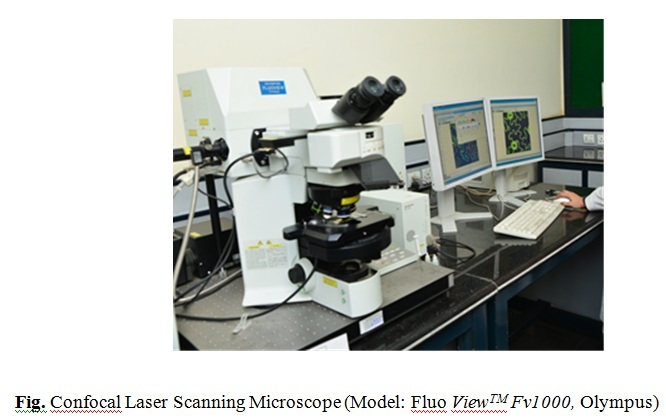
High Performance Liquid Chromatography(Ultimate 3000, Thermo Fischer Scientific)
The HPLC system provides excellent chromatographic performance through separation and quantification of a variety of analytes.The HPLCs is equipped with auto-sampler for 24×7 operation and higher accuracy/precision, and provides flexibility of HPLC/UHPLC applications. The system is equipped with “Diode Array” and “Fluorescent” detectors and is routinely used to study:
- Residual analysis of pesticides, drugs and other emerging pollutants in environmental and other samples.
- Detection of metabolite produced during biodegradation of pesticides, drugs and other compounds.
- Detection of bioactive compounds and other metabolites produced by microorganisms
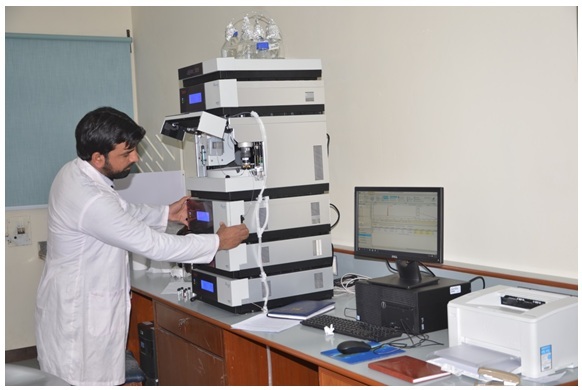
Risk Assessment and Molecular Diagnostics
i) Point of care assays for veterinary diseases
- LAMP assay: Detection of viral diseases e.g. PPR in livestock (Successful field demonstration in PPR outbreaks)
ii) Determination of beta casein gene polymorphism (A1/A2) in cattle breeds using ARMS-PCR (offered on commercial basis)
